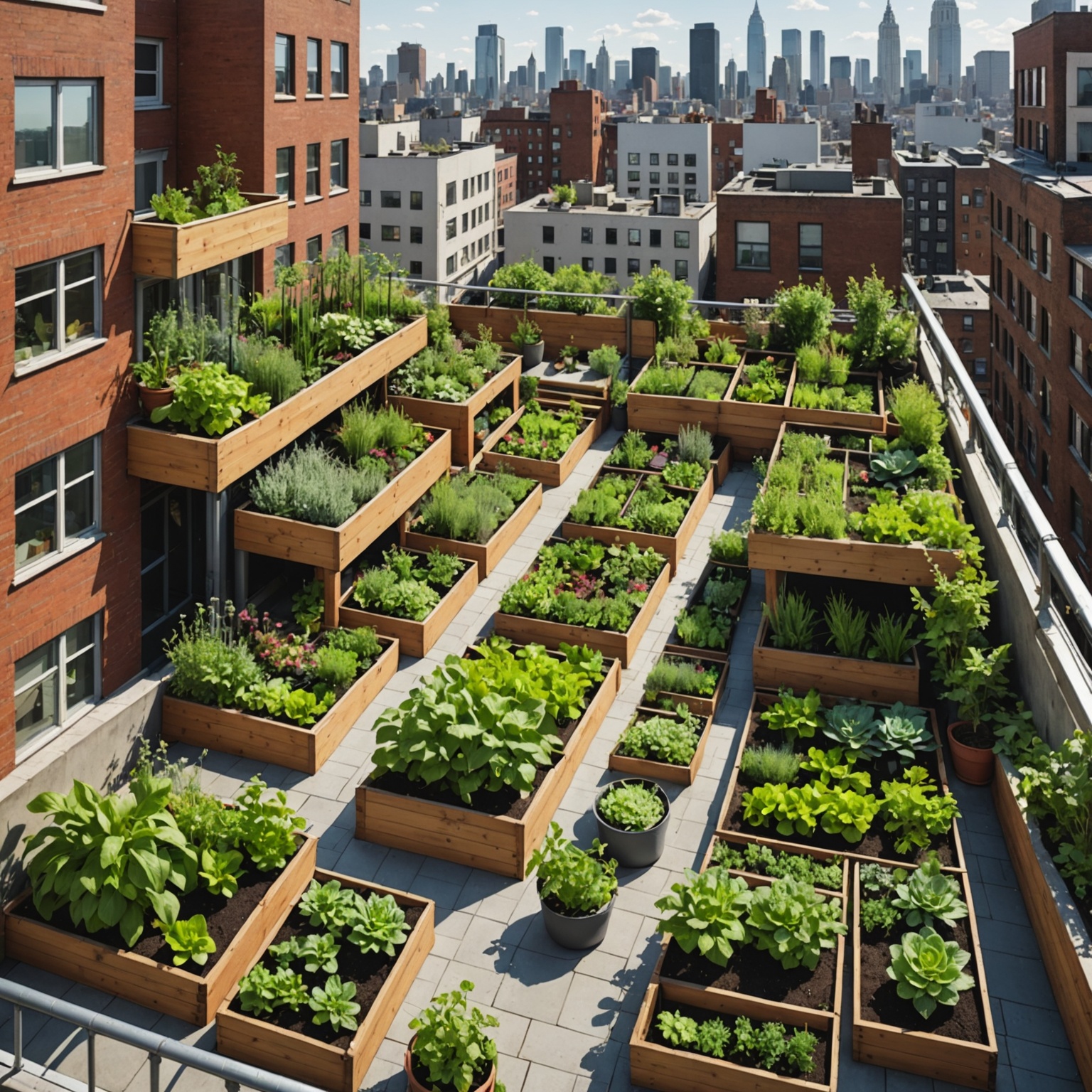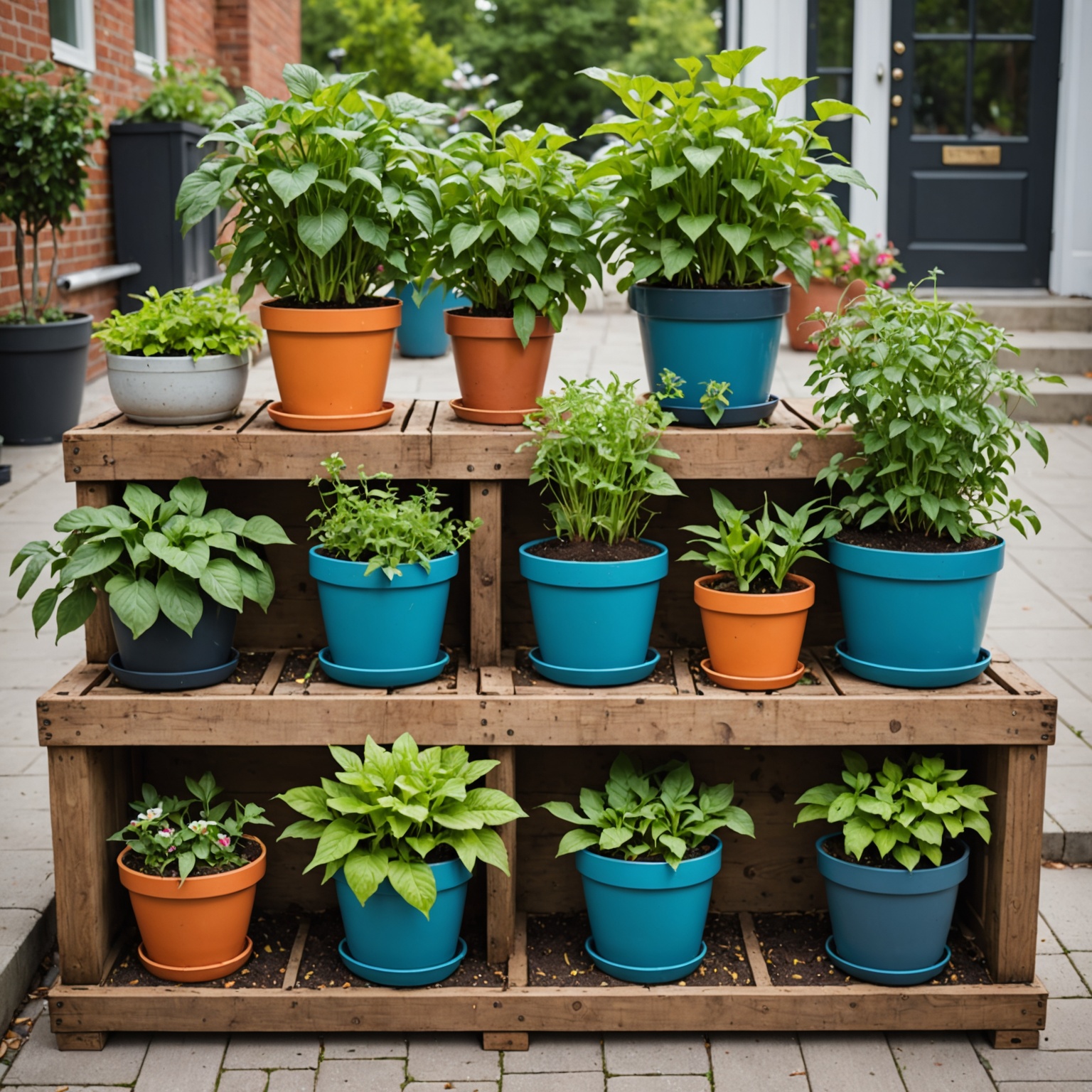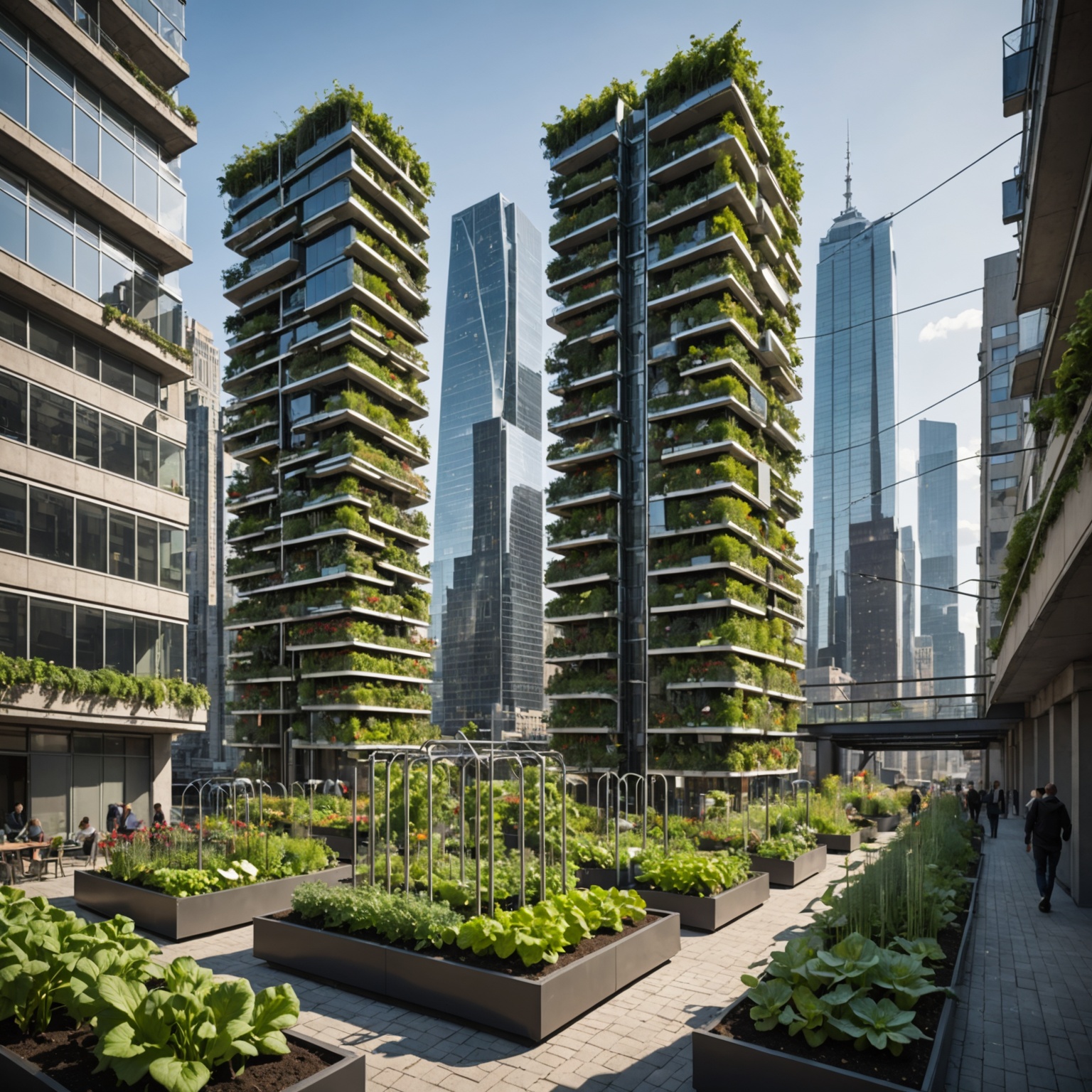Urban Gardening: Cultivating Green Spaces in City Landscapes

Urban Gardening: Cultivating Green Spaces in City Landscapes
As urban populations soar, the concrete sprawl often leaves little room for natural green spaces, which are crucial for environmental and psychological health. Urban gardening emerges as a creative solution to this issue, allowing city dwellers to reclaim their connection with nature and enjoy the myriad benefits of cultivating plants in a metropolitan setting.
What is Urban Gardening?
Urban gardening involves growing plants within a city environment, often utilizing small or restricted spaces such as balconies, rooftops, and abandoned lots. This practice not only promotes sustainability but also enhances the aesthetic appeal of urban areas.
Urban gardens can vary widely, from small container gardens in individual apartments to large community gardens that serve multiple families. Each type offers unique advantages and challenges, providing a versatile approach to gardening in a city landscape.

Benefits of Urban Gardening
Urban gardening offers extensive benefits that go beyond beautifying city environments. It contributes positively to the ecosystem by enhancing biodiversity, reducing urban heat effects, and improving air quality. Additionally, it provides psychological benefits by reducing stress and promoting relaxation among city dwellers.
Furthermore, urban gardens can foster community engagement and social interactions among neighbors. They serve as communal spaces where people can meet, share, and learn from each other, strengthening community bonds.
How to Start an Urban Garden
Starting an urban garden requires consideration of space, light availability, and what plants are best suited for the environment. Beginners might start with herbs and vegetables that do not require much space and are relatively easy to maintain, such as tomatoes, peppers, and basil.
Container gardening is particularly popular in cities due to its versatility and ease of management. Choosing the right containers, understanding the soil requirements, and regular maintenance are key steps to successful urban gardening.

Challenges of Urban Gardening
Despite its many benefits, urban gardening comes with its own set of challenges such as limited space, soil contamination, and water access issues. Overcoming these challenges often requires creative solutions and community cooperation.
For instance, vertical gardening and hydroponics are innovative methods that maximize space and minimize soil use, ideal for tight urban areas. These methods not only save space but also can increase yield per square foot compared to traditional gardening techniques.
Urban Gardening Success Stories
Many cities around the world have embraced urban gardening with remarkable success. For example, rooftop gardens in New York City not only provide fresh produce to residents but also reduce the overall heat island effect, making the city cooler during hot summer months.
In Tokyo, residents have transformed their balconies into lush gardens, which has improved air quality and provided residents with fresh vegetables and herbs.
Future Prospects of Urban Gardening
As cities continue to grow, urban gardening will play an increasingly important role in sustainable urban development. Innovations in gardening technology and methods will further enhance the efficiency and accessibility of gardening in urban landscapes, making it an integral part of city living.

Urban gardening is no longer just a trend but a necessary evolution in our approach to urban living, providing food, beauty, and improved quality of life to city dwellers worldwide.







